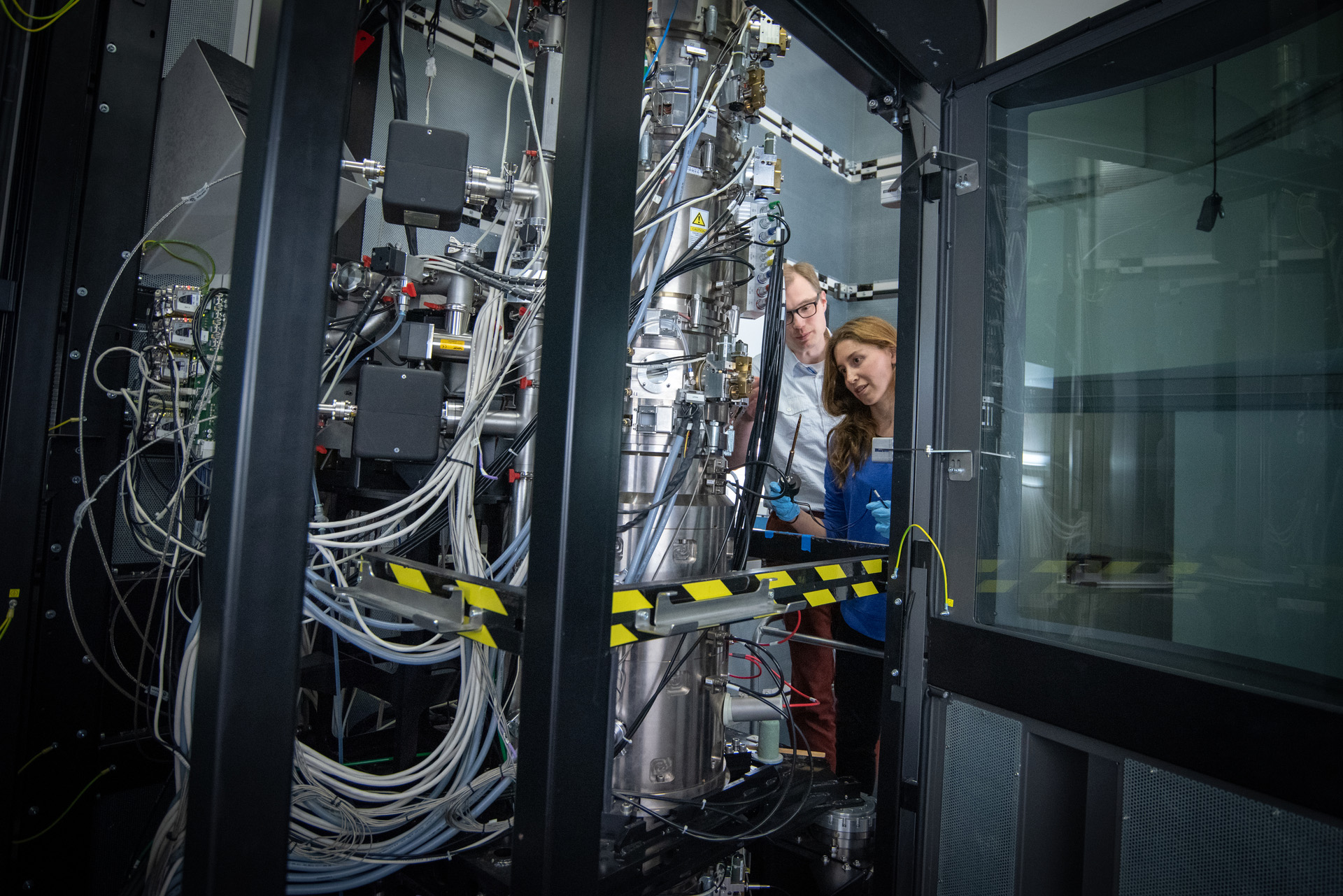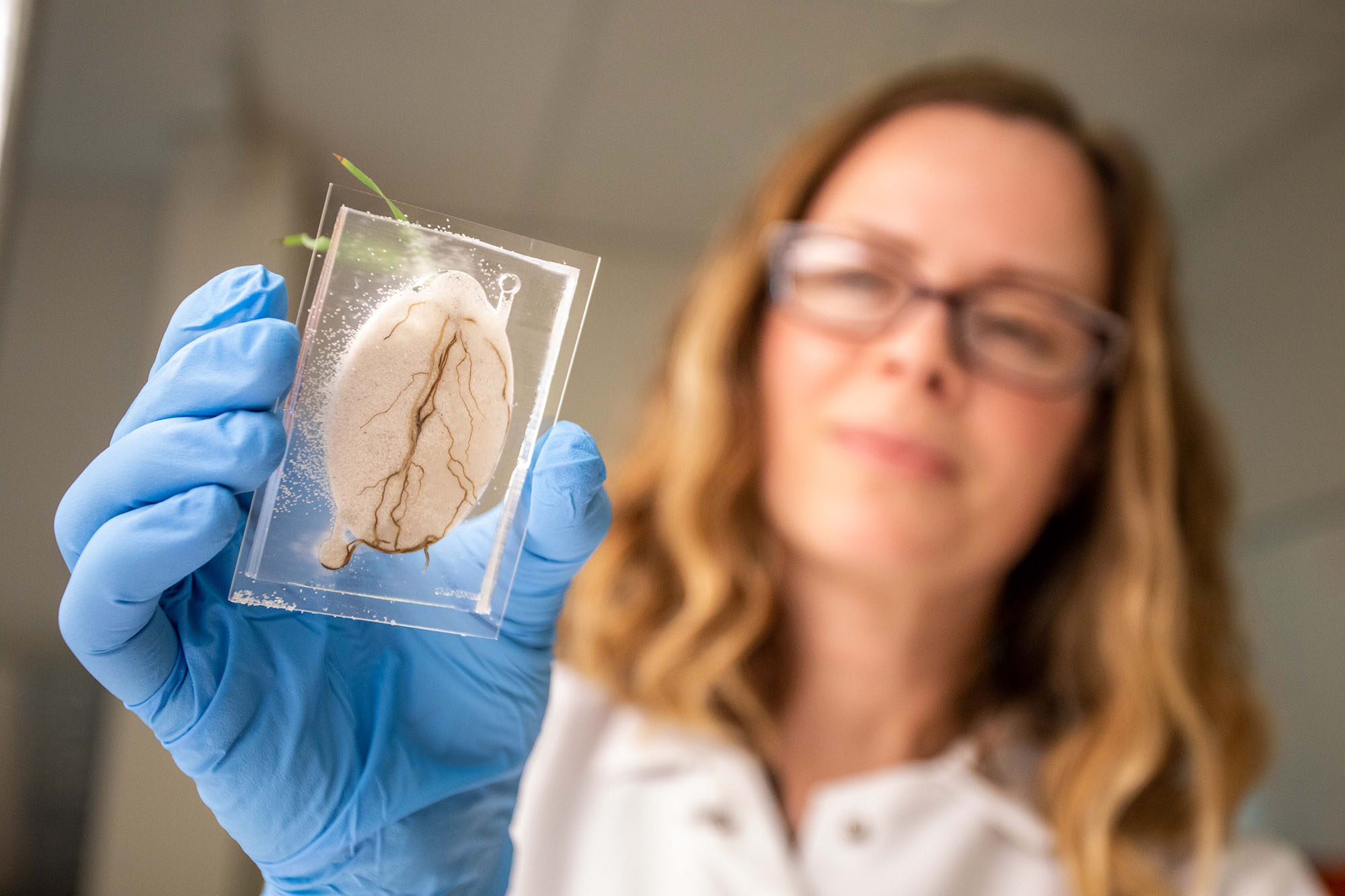
Our Biosciences Area, which oversees the JGI, addresses urgent national challenges in energy, environment, and health and advances the engineering of biological systems for sustainable manufacturing.
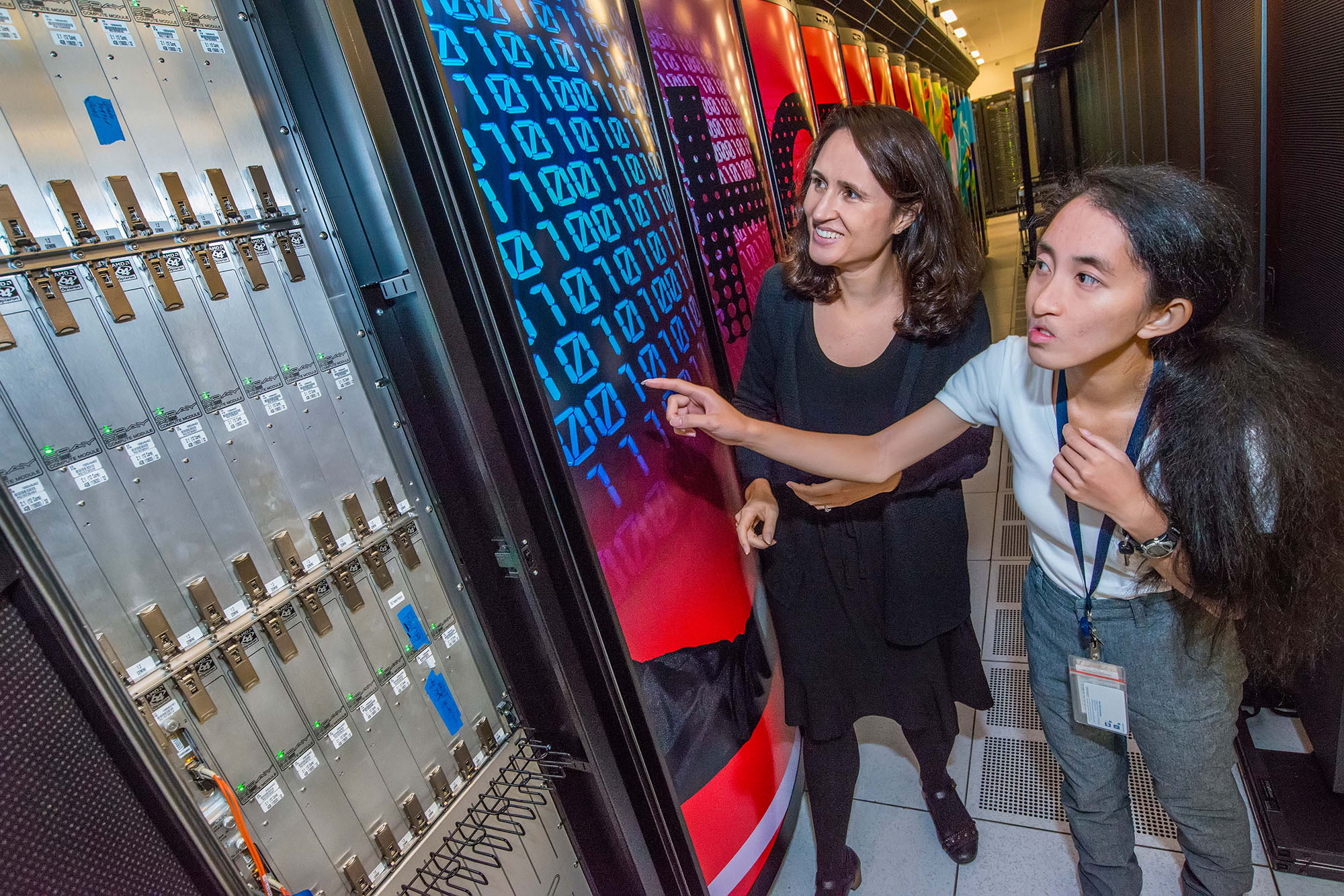
Our Computing Sciences Area, which oversees ESnet and NERSC, accelerates scientific discovery through high-performance computing and networking and world-class research in mathematical modeling, artificial intelligence, data analysis, and computer system architecture and software.
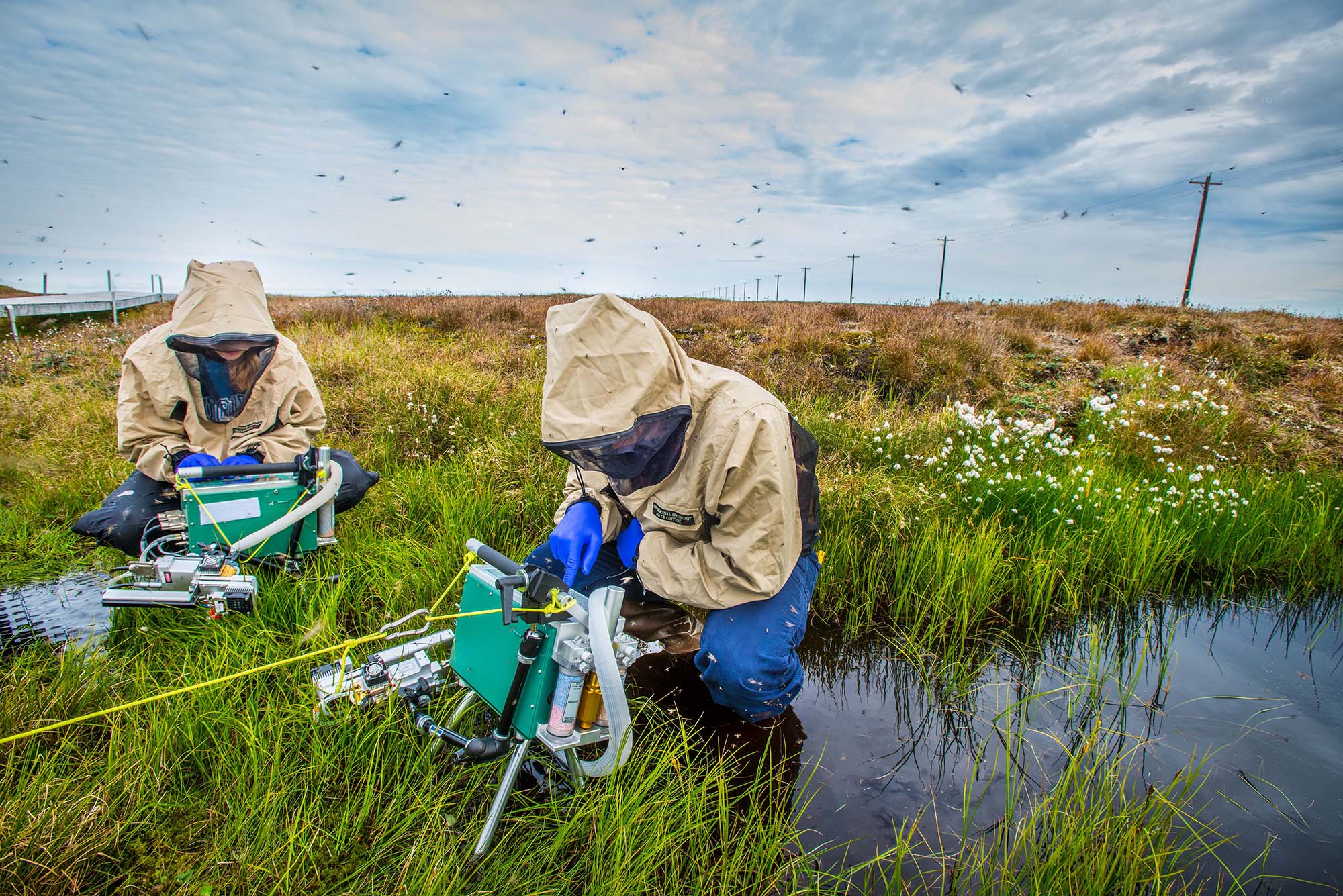
The Earth and Environmental Sciences Area is tackling the most pressing environmental and energy challenges to enable sustainable stewardship of Earth’s climate and ecological systems and judicious use of our planet’s resources.
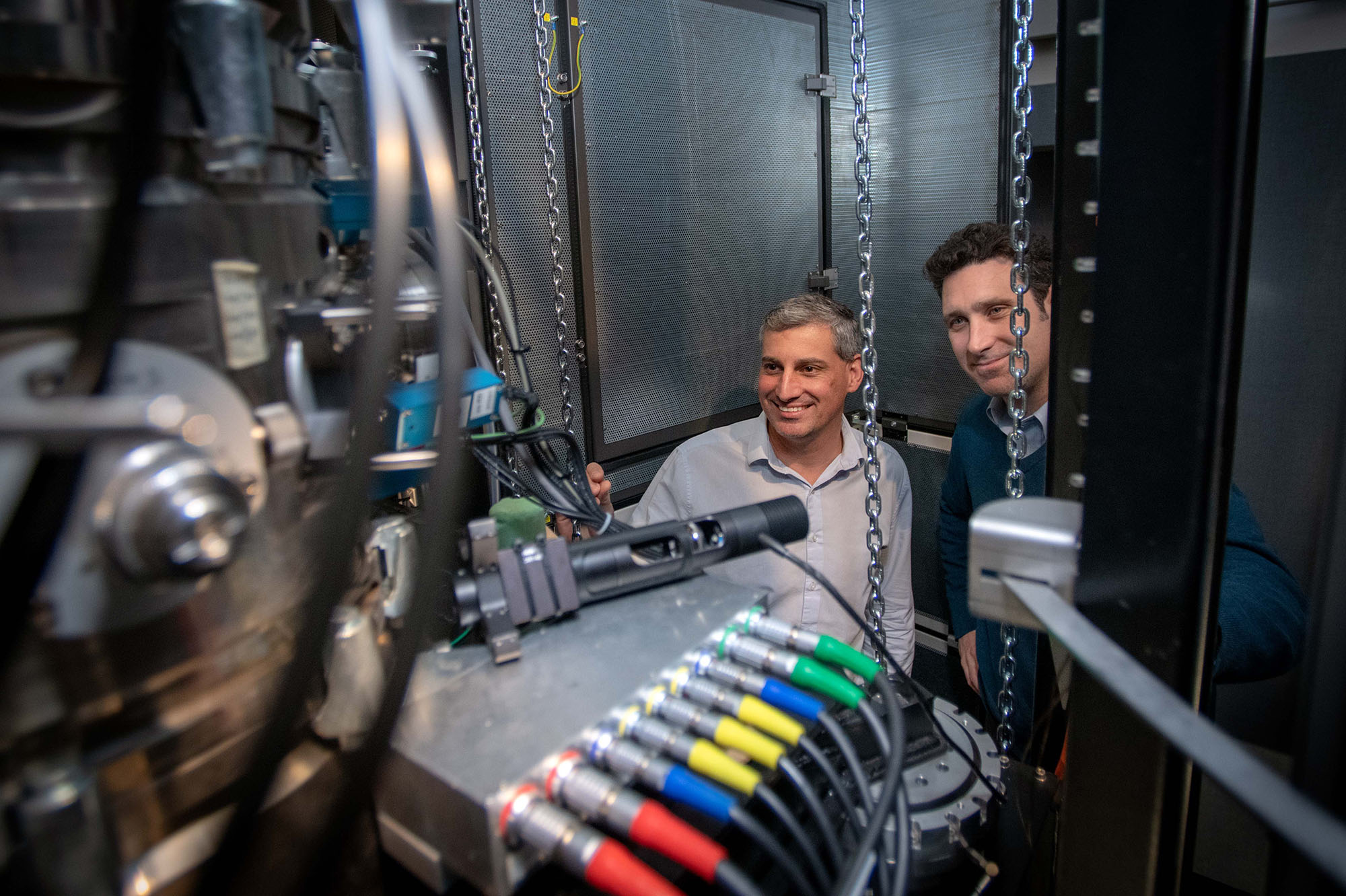
The Energy Sciences Area — home to the ALS, the Molecular Foundry, and fundamental chemistry and materials research — seeks solutions to global energy-related challenges through a deeper understanding of the interactions between energy and matter.
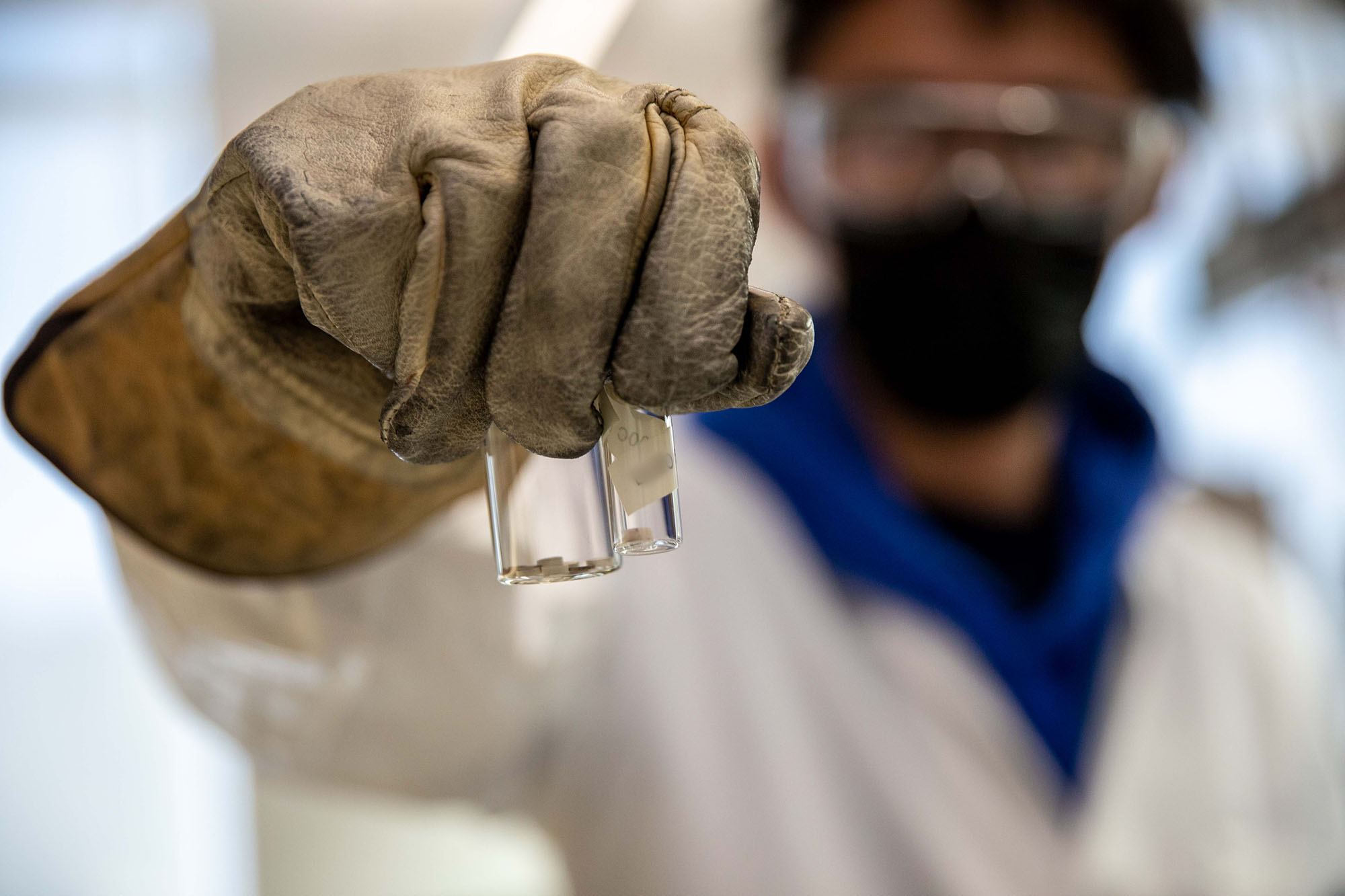
The Energy Technologies Area translates fundamental scientific discoveries and data-driven policy analysis into technology solutions to the most urgent clean energy challenges.
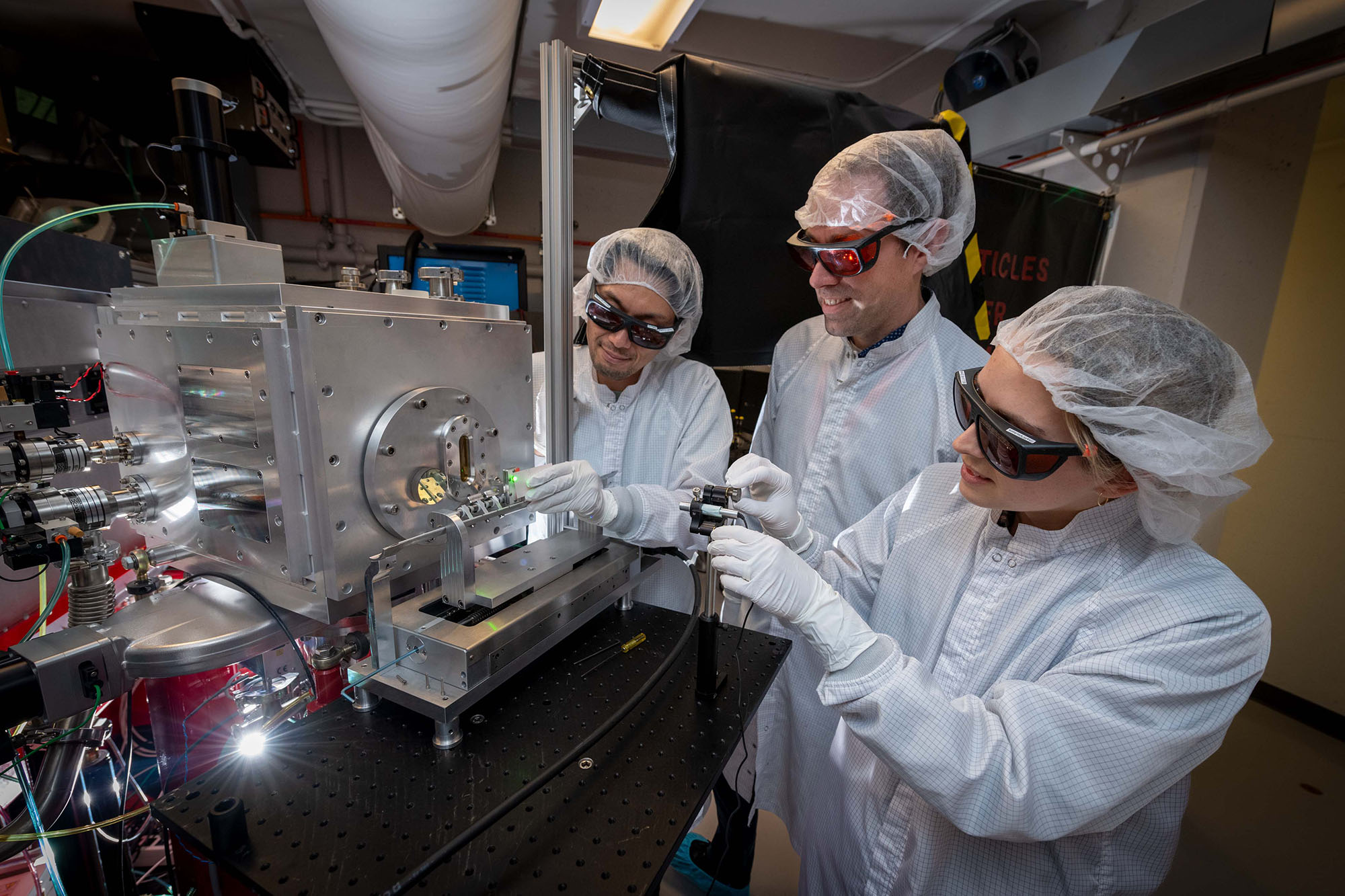
The Physical Sciences Area — home to the Accelerator Technology and Applied Physics, Engineering, Nuclear Science, and Physics divisions — explores fundamental forces and matter, from the hearts of atoms to the edges of the universe.

The ALS is a specialized particle accelerator, known as a synchrotron light source, that generates bright beams of X-ray, infrared, and extreme ultraviolet light useful for research. It supports the research of 2,000 users annually.
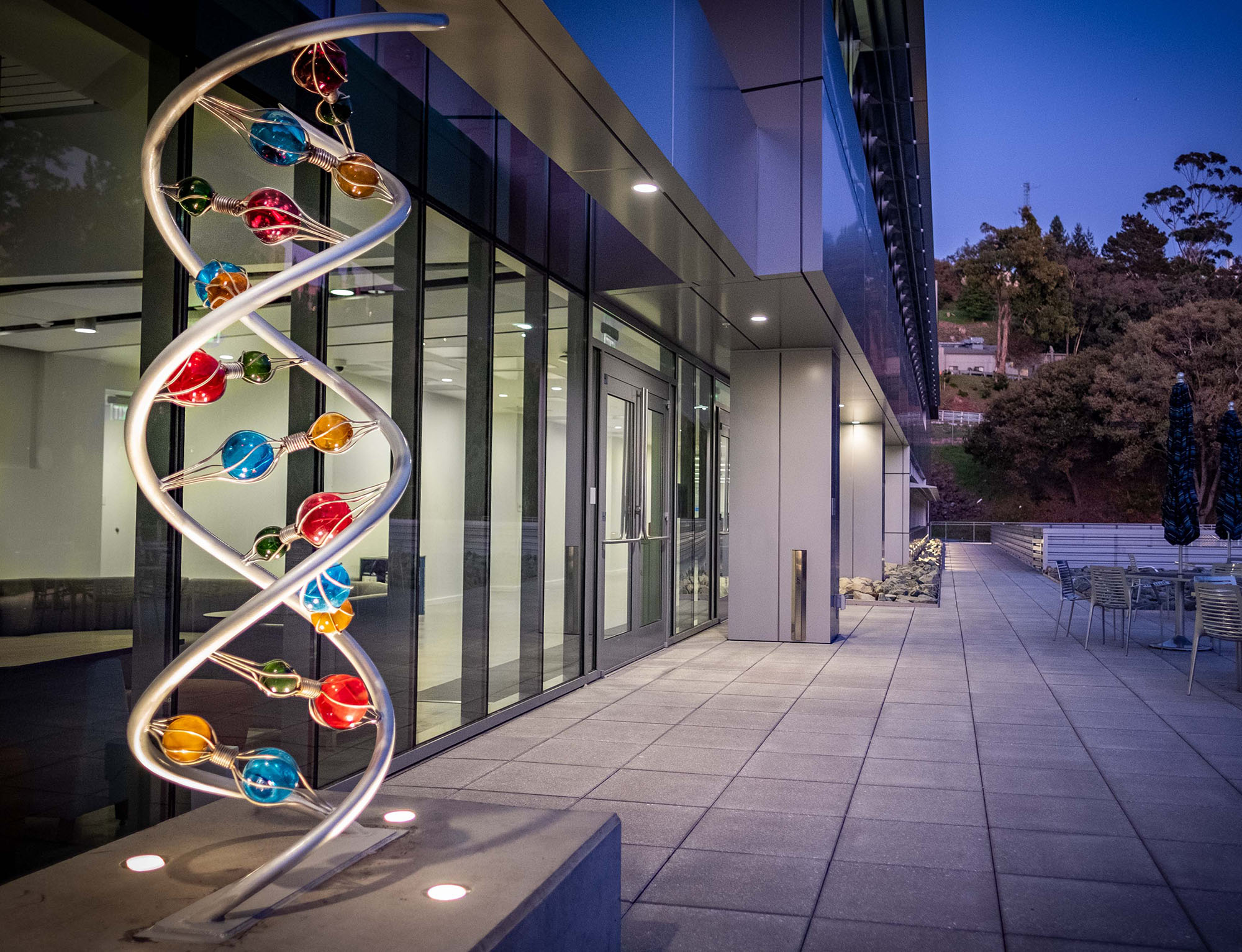
The JGI advances genomics science in support of the DOE’s clean energy and environmental missions by providing scientific users from around the world access to integrated, high-throughput gene sequencing, DNA design and synthesis, metabolomics, and computational analysis.
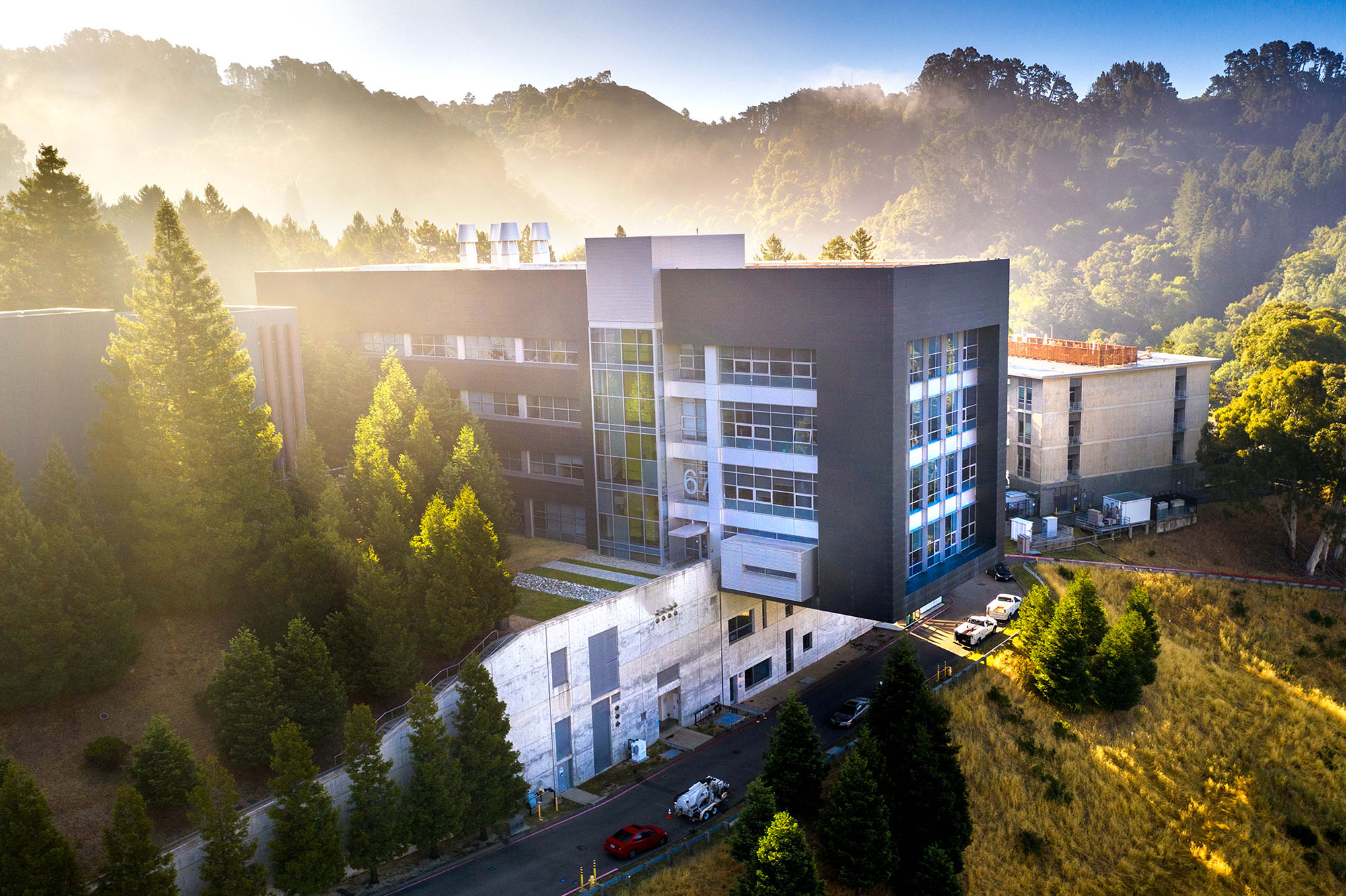
The Molecular Foundry is a DOE-funded nanoscience research facility that provides scientists from around the world access to world-class expertise and instrumentation in a collaborative, multidisciplinary environment.
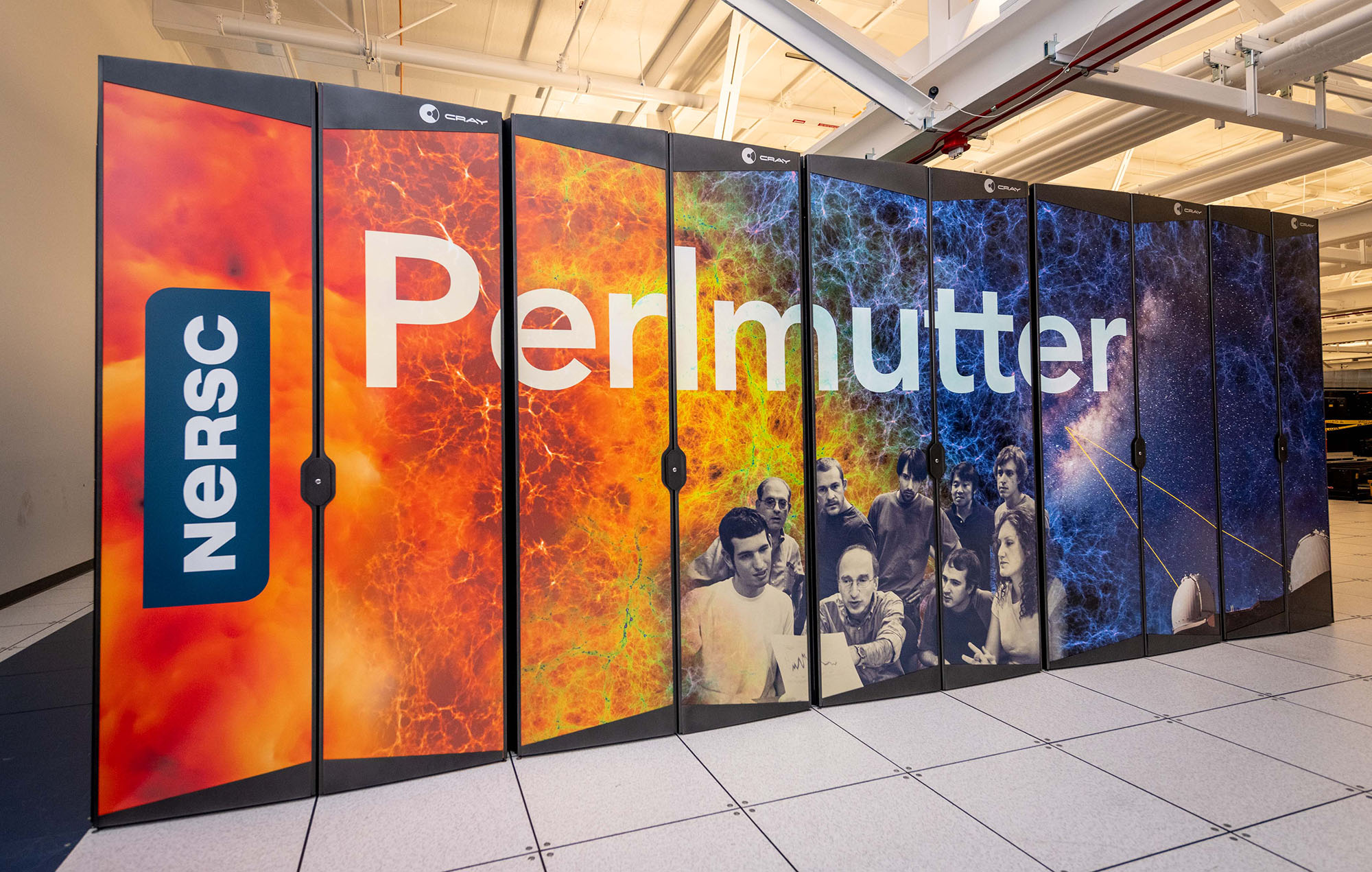
As the primary scientific computing facility for the DOE Office of Science, NERSC provides computational resources and expertise to more than 8,000 scientists each year, who use it to perform unclassified basic research.
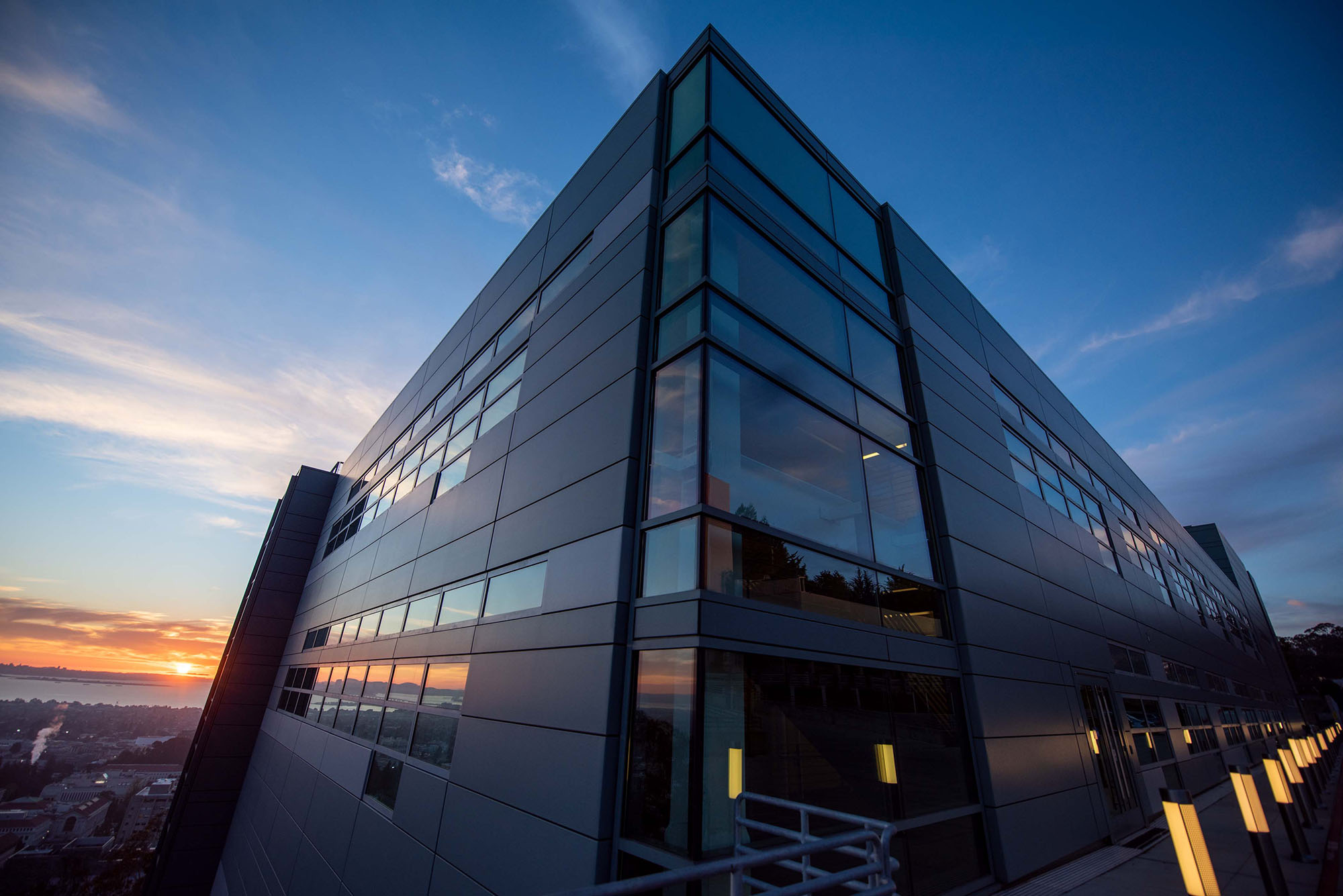
ESnet is the DOE’s dedicated science network, providing high-bandwidth, reliable connections that link the world’s scientists and their data, enabling them to collaborate on some of the world’s most important scientific challenges.
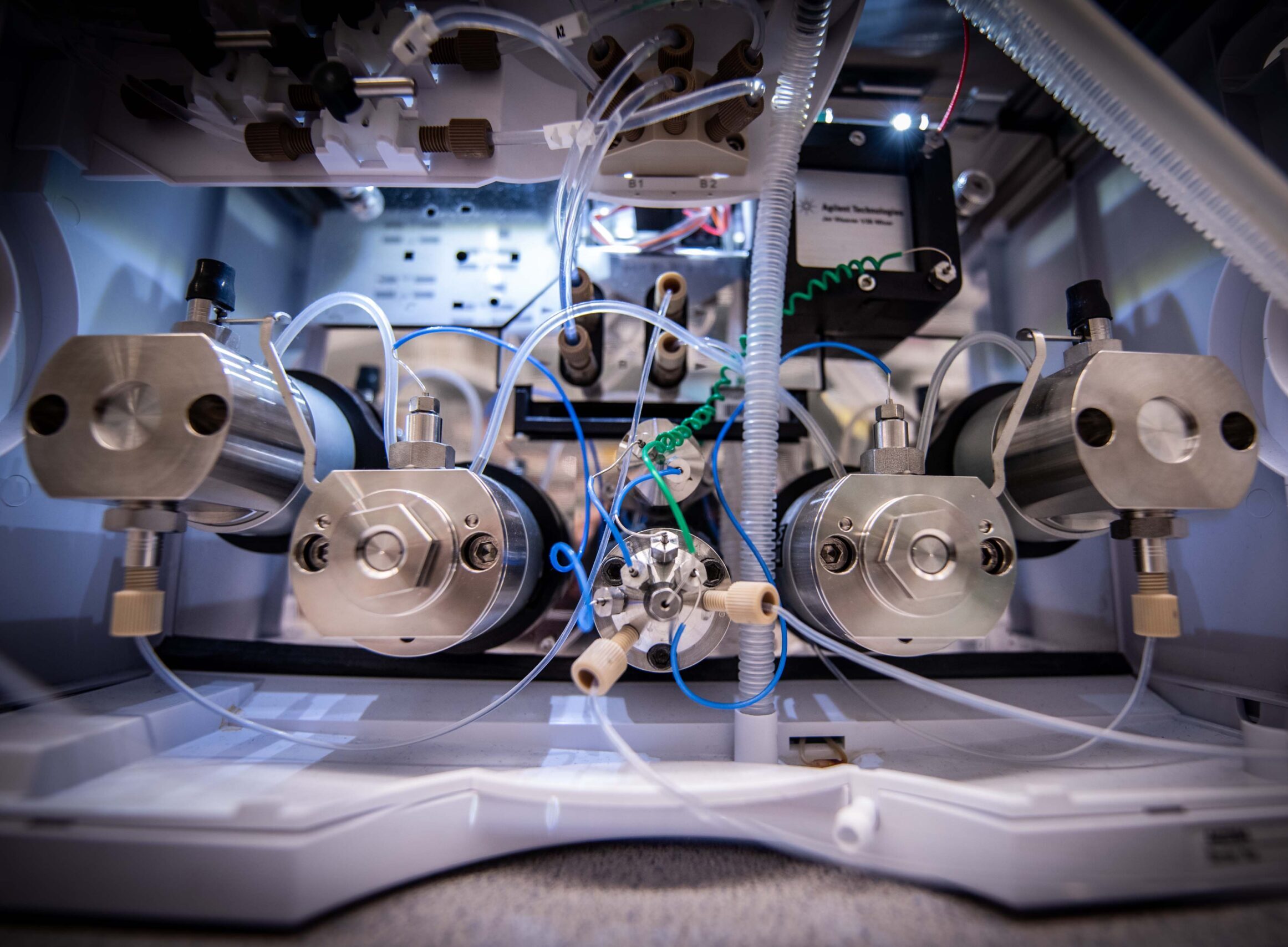
Beyond our five DOE national user facilities, several of our facilities and centers support the experimental and data needs of researchers, agencies, and companies.
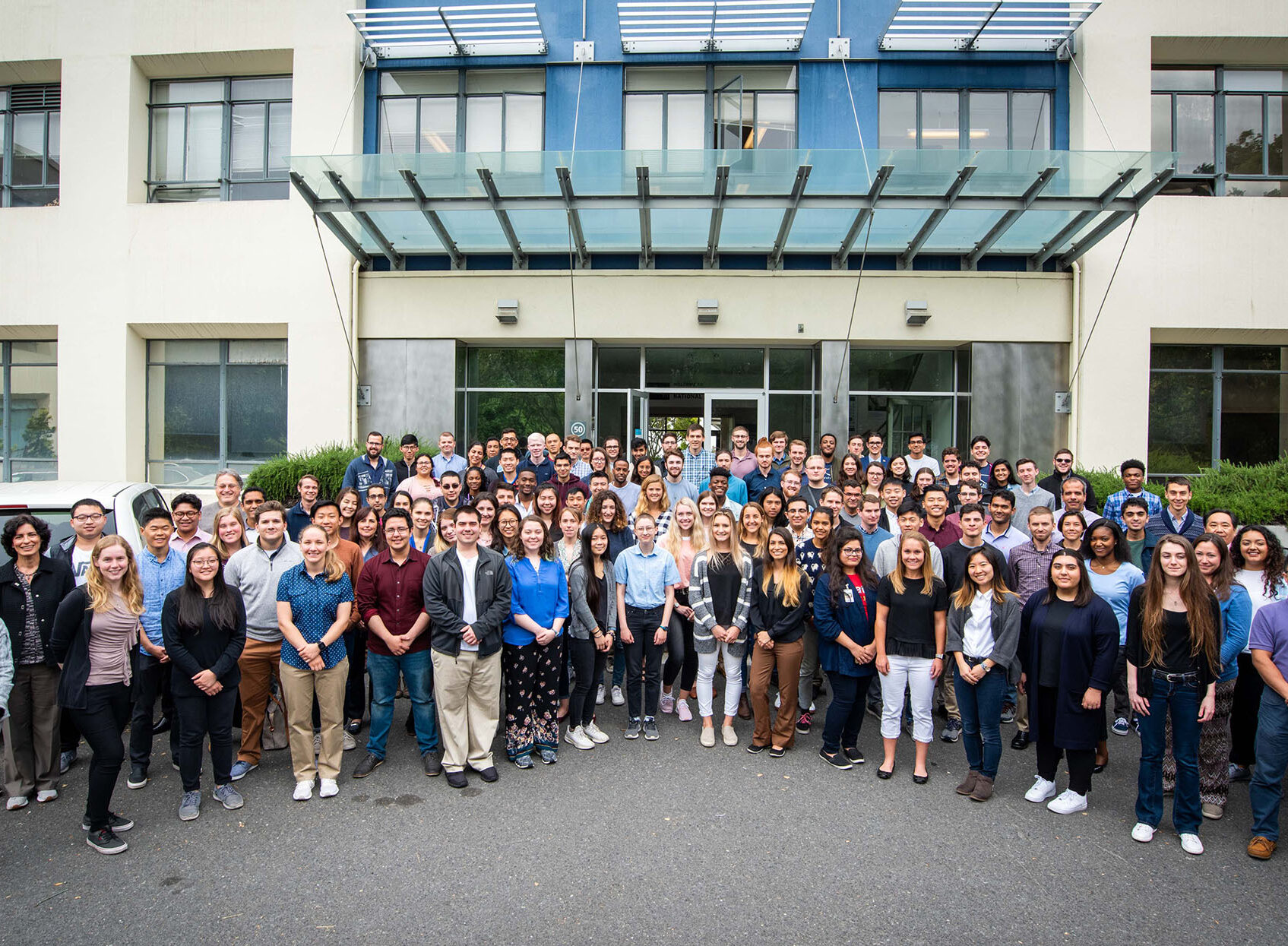
The core of our scientific capabilities is our people, a diverse group of talented, creative scientists and professionals recognized throughout the world for their expertise in materials, chemistry, physics, biology, Earth and environmental sciences, mathematics, and computing.
Berkeley Lab scientists and engineers are developing new capabilities to revolutionize the way discovery science is performed, and to maintain our ability to deliver valuable research for the nation and world. Our innovations will lead to tomorrow’s breakthroughs in discovery science, clean energy, and a healthy planet.
To encourage innovation and to ensure that our research remains at the forefront of science, Berkeley Lab allocates a limited amount of its operating and capital equipment funds to our LDRD program. We carefully select projects to receive this Lab-discretionary funding to initiate new capabilities, reduce technical risk for major projects, integrate research across programs, and develop leaders of the future. Several of our most important, enduring research programs were launched with LDRD support.
